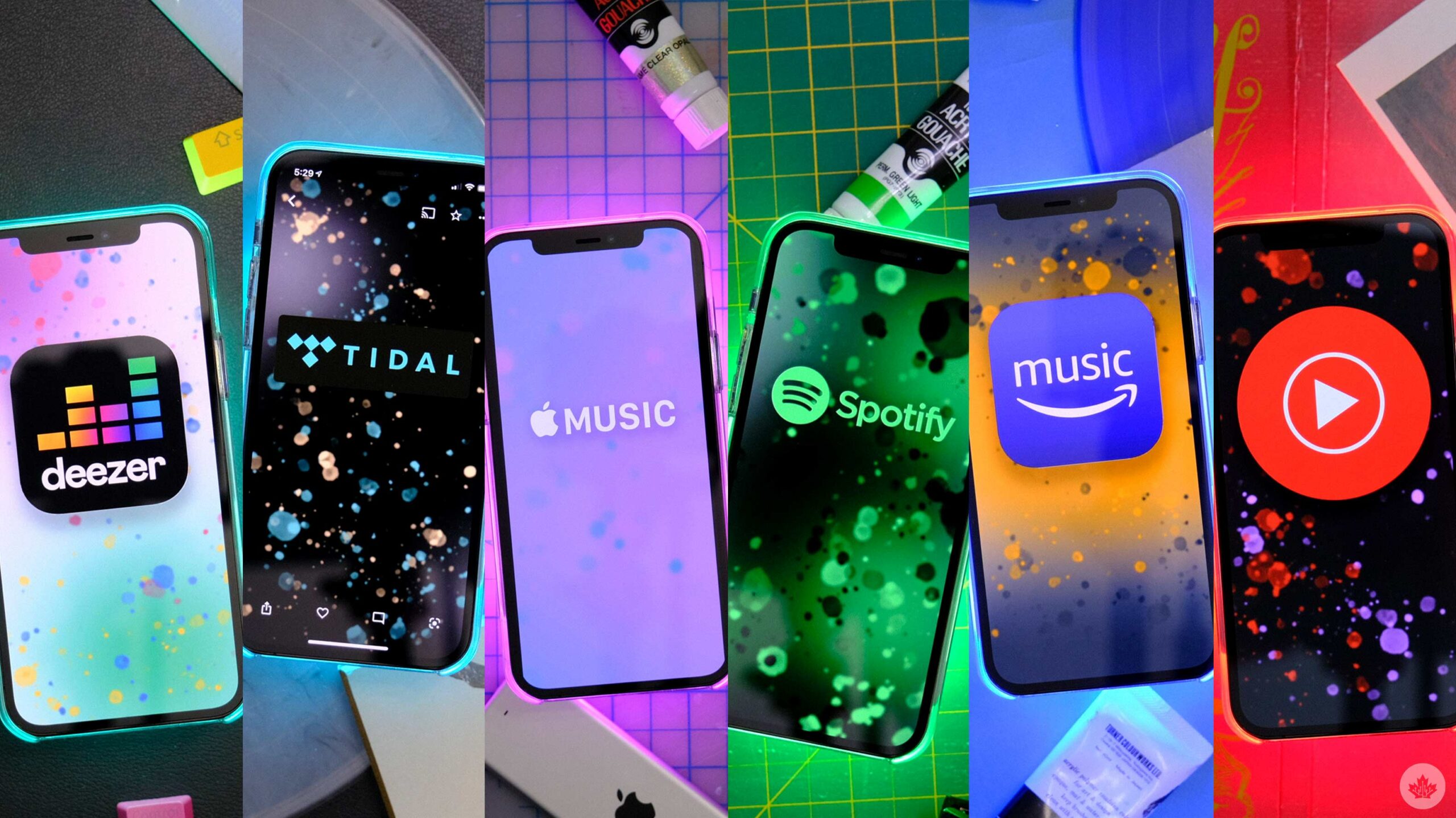Rise by Six: Your Daily Dose of Inspiration
Explore insights and stories that elevate your day.
Stream and Scream: The Wild World of Music Streaming
Dive into the chaotic yet thrilling realm of music streaming! Uncover trends, tips, and the secrets behind your favorite tunes. Join the fun!
The Evolution of Music Streaming: From CDs to Custom Playlists
The landscape of music streaming has transformed dramatically over the last few decades, evolving from physical media like CDs to the digital age’s personalized playlists. In the early days, music enthusiasts relied on compact discs, which offered limited storage and required a physical purchase. As the internet began to gain traction, downloading songs became the norm, enabling users to build their own libraries. However, this method had its drawbacks, including storage limitations and the tedious task of managing files. The emergence of streaming platforms revolutionized this experience, allowing users to access vast libraries of music without the need for ownership, paving the way for endless possibilities.
With the rise of music streaming services like Spotify, Apple Music, and Tidal, listeners are now immersed in an ecosystem that prioritizes customization and personalization. These platforms utilize sophisticated algorithms to curate custom playlists, adapting to individual tastes and preferences. This evolution has not only reshaped how we consume music but has also influenced how artists distribute their work. Today, the industry sees a shift toward singles and EPs, reflecting the demand for immediate access and instant gratification. As technology continues to advance, the future of music streaming promises to innovate further, offering even more tailored experiences for music lovers worldwide.

How Streaming Services Are Redefining the Music Industry
The rise of streaming services has redefined the music industry by transforming how consumers access and enjoy music. Gone are the days of purchasing entire albums; today, listeners can explore vast libraries of songs and playlists at their fingertips. Platforms like Spotify, Apple Music, and Amazon Music provide users with the convenience of streaming music on-demand, enabling a shift towards a more personalized listening experience. This evolution not only caters to diverse musical tastes but also allows artists to reach global audiences without traditional distribution limitations.
Moreover, the impact of streaming services extends beyond consumer habits; it significantly influences how artists produce and promote their music. With the power of data analytics, musicians can gain insights into their audience's preferences, allowing for targeted marketing and streamlined promotional strategies. Additionally, the rise of playlists curated by algorithms and popular influencers has created new avenues for exposure, making it possible for emerging artists to break into the mainstream more easily. Thus, streaming platforms are not merely changing how we consume music; they are reshaping the entire landscape of the music industry.
What Makes a Successful Music Playlist on Streaming Platforms?
Creating a successful music playlist on streaming platforms involves a delicate balance of various elements that cater to listener preferences and moods. First and foremost, a well-curated playlist should have a clear theme or concept. This could range from energetic workout tunes to soothing lullabies. By defining a specific purpose, listeners are more likely to engage with the content. Additionally, consider the flow of the music; transitioning between songs with complementary styles or tempos can maintain listener interest and enhance the overall experience.
Moreover, it is essential to keep your audience in mind. Engaging with your listeners through social media or community polls can provide insights into their musical tastes and preferences. Building a successful music playlist also requires regular updates; refreshing the playlist with new tracks keeps it relevant and encourages repeat listens. Ultimately, creating a sense of discovery with a mix of popular hits and hidden gems can make your playlist stand out in a crowded streaming environment.